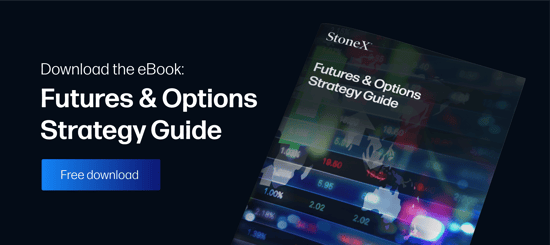Things You Need To Know
Contract Symbols — Each futures and commodity contract has its own unique symbol. For example, the symbol for corn is ZC. If you were to see “ZCU4,” that would represent the September 2014 Corn futures contract. The “U” is the month of September and 4 represents the year 2014. The month and year will always be the last 2 parts of futures contract.
Monthly Symbols — Each month in futures trading has its own unique symbol. These symbols are standard across the industry. The commodity month symbols may look confusing, but there actually is a reason for doing it this way. Letters that can be duplicated for an existing commodity symbol are not used. S for Soybeans, C for Corn and so on.
Monthly Symbols
Contract Specifications — Everything about a futures contract is standardized except its price. Quality, quantity, last trade date and settlement procedure are already determined. This predetermined information can be found by viewing the contract specifications. Exactly how much of a commodity are you controlling with one contract? What’s the minimum price increment? Click here to find the contract specifications for a given commodity and view the contract size, tick values and more.
Contract Margins — How much money do I need in my account to trade a contract of a certain commodity?
Futures trading gives you the ability to use leverage in the markets — meaning you can control large dollar amounts of a commodity with a comparatively small amount of capital. That small of amount of capital required in your account, is known as margin.
There is initial margin, sometimes referred to as overnight margin, day-trading margin (the amount of money you need to have in your account if you are in and out of the market before the trading session ends — it can be half of the initial margin or less) and maintenance margin, which is the amount of money you need to have in your account to hold or maintain a position (note: that if your account balance drops below the maintenance margin level and the market closes, you will be on margin call and will need to reduce or liquidate positions, or send enough funds to the account to get it above the initial margin level required for the contracts you are trading.
Trading Hours — Different markets trade at different times of the day. Make sure you are placing your order at the proper time.
Futures Calculator — The math! How much do you stand to gain or lose on a trade? Our Futures Calculator on our site is a great short cut and resource to get your answer! Check it out here – it’s free and easy to use.
